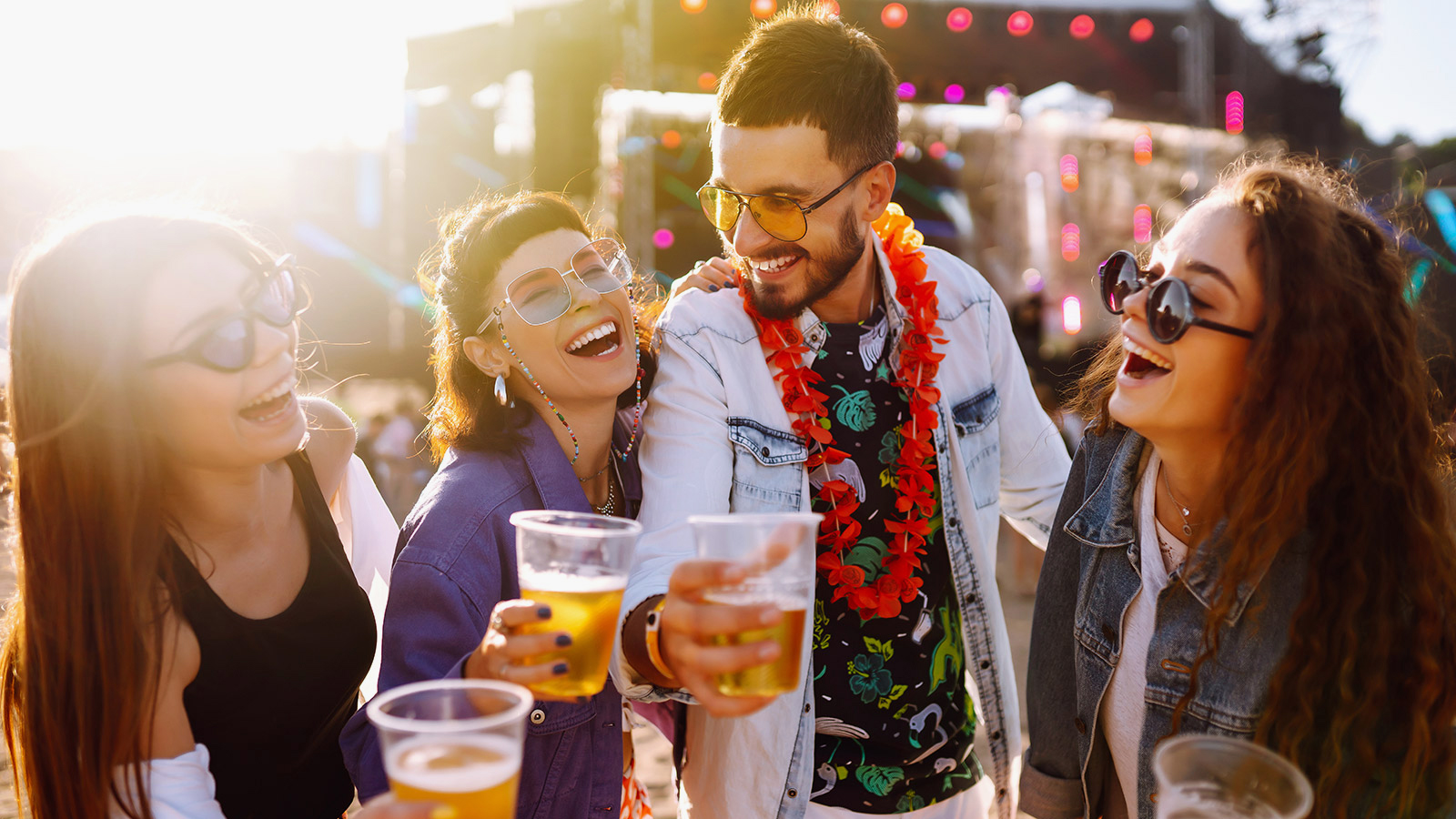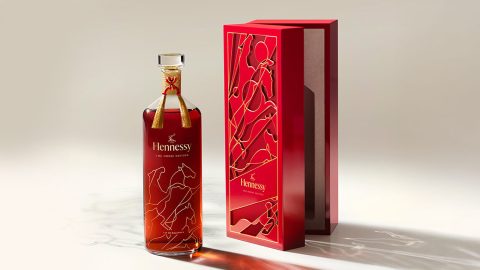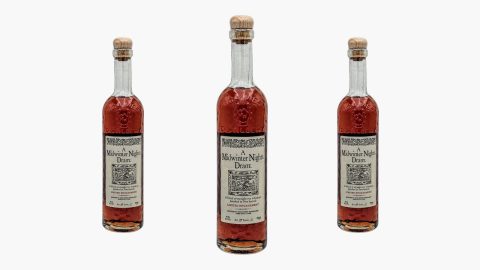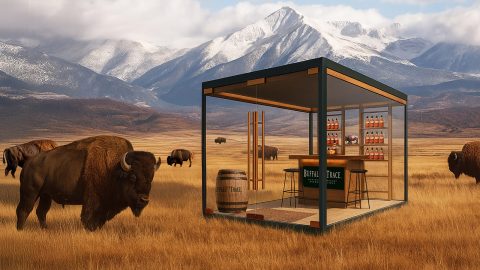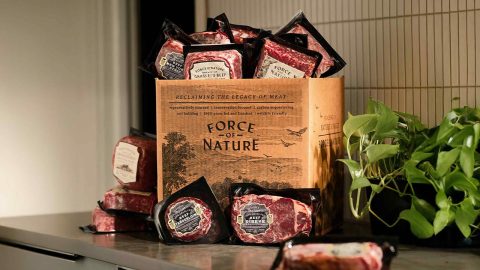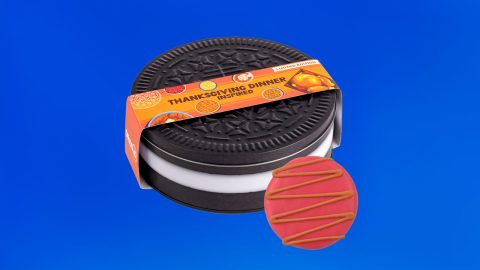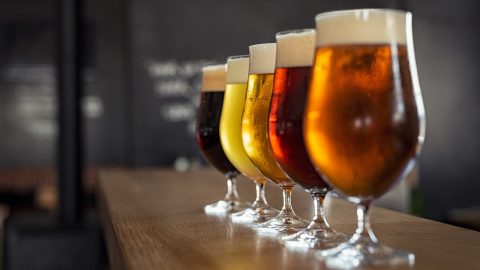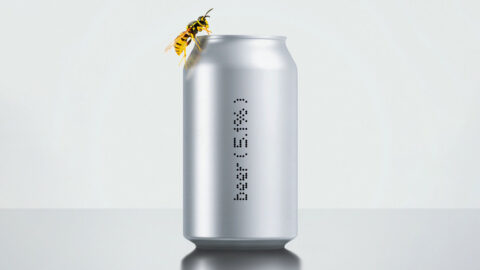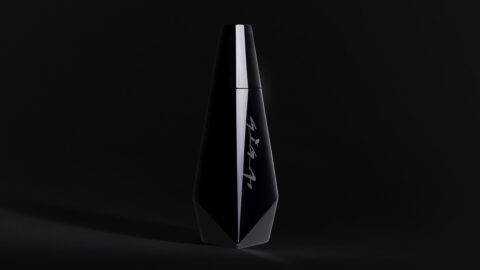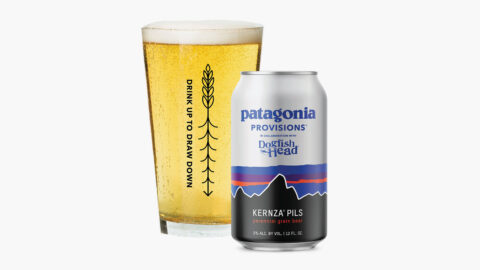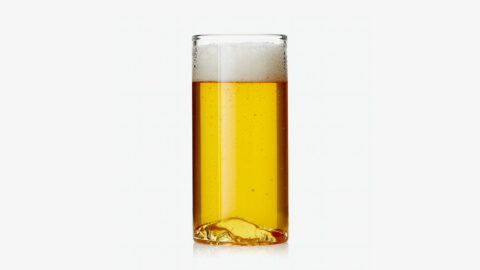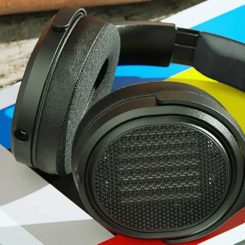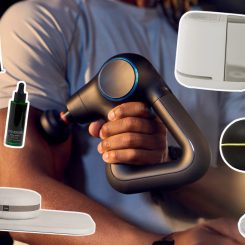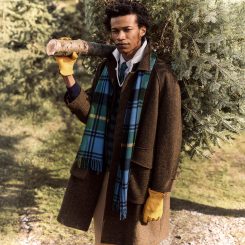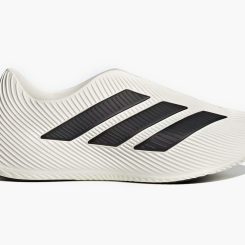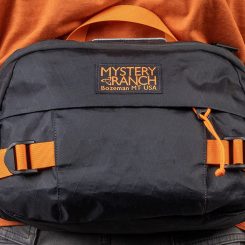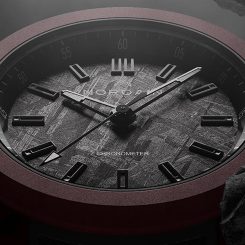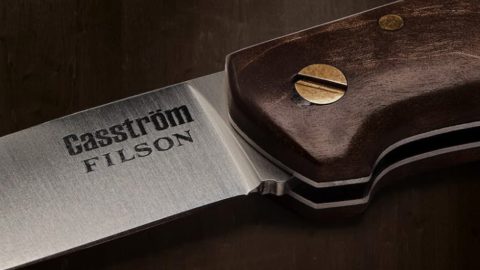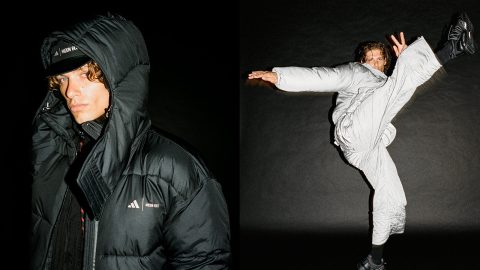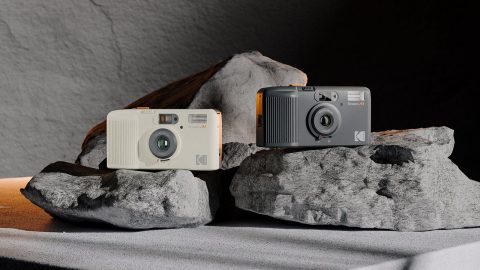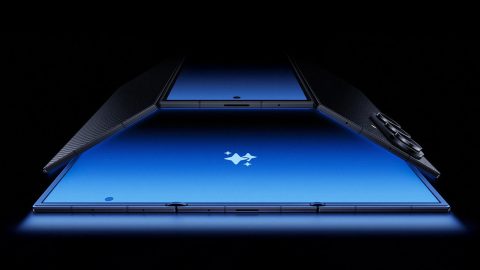Once upon a simpler, more boring time, drinking a low-alcohol beer was only forgivable if you were pregnant, the designated driver for the night or just plain nuts. Every bar only had one (maybe two) options. You could slam back an O’Douls and pretend it tasted just like the pint of Harp you really wanted.
For those occasions when it wouldn’t be prudent to pick a beer and chug it yet you’d still like to taste a true craft brew, there are these artisanal low ABV beers that deliver taste while minimizing the potential for intoxication.
What is Low ABV Beer?
ABV stands for alcohol by volume. This measurement represents the strength of an alcoholic beverage according to how much ethanol it contains. Beer has an average ABV of around 5% compared to an average 12% ABV for wine. Liquor ABV starts at about 40% but goes up dramatically — spirits like Everclear and River Antoine Royale Grenadian Rum clock in at 95% and 90% ABV respectively.
But we digress… back to beer! It’s becoming more and more common to see craft beers labeled as 7 or 8% ABV and above. But just as high-alcohol beers are popping up on menus increasingly often, we’re also seeing the other side of the coin.
Low-alcohol beers have far less ethanol than the average. Legally, any beverage that has less than 0.5% ABV can be labeled as non-alcoholic in the United States. Some can even be sold to consumers under the age of 21, but those laws differ from state to state. The term “low-alcohol beer” isn’t regulated in the U.S., but in places like the U.K., low-alcohol beers are those with less than 1.2% ABV.
Don’t confuse low-alcohol and light beers, though — the first is low in alcohol, while the second may be slightly less intoxicating at around 4-4.5% ABV.
History of Non-Alcoholic Beers
While non-alcoholic beers may be trending now, they’re far from new. Back in the Middle Ages when you were frighteningly likely to die (or at least have a raging tummy ache) from water infested with human waste and other microscopic gremlins, booze was a safer way to quench your thirst. So called “small beers” were accordingly popular. So those tankards of ale you see being clinked in period movies? Those are actually fairly low in alcohol, unless it was a major occasion like a wedding or coronation, in which case the hosts probably broke out the good stuff.
Low-alcohol beers experienced a resurgence in the United States during prohibition. The nasty Volstead Act capped ABV at 0.5%, dealing a devastating blow to the wine industry as well as liquor and beer producers. Those able to pivot to non-alcoholic brews stayed alive, then pivoted back once prohibition was repealed.
Today, there is a trend toward drinking less while still honoring the social aspects of a fun night out. Low-alcohol ABV fits the bill because it allows you to feel like you’re one of the gang (and avoid that always-awful peer pressure to imbibe) without setting yourself up for a messy night and even messier morning.
How Low-Alcohol Beers Are Made
Brewing a low or no-alcohol beer looks pretty similar to the normal beer brewing process. There’s just one added step: One “regular” beer is brewed, the brewer can then either heat the beer to burn off the alcohol or use reverse osmosis to filter and distill out tiny alcohol molecules. By using special vacuum evaporation and distillation techniques, producers can reduce the alcohol while still maintaining the beer’s innate flavors.
Low-Alcohol Beers to Try
Experts predict the global non-alcoholic beer market to grow exponentially by 2024, hitting annual revenues of over $25 billion. It’s no surprise that small breweries and major producers alike are jumping on the bandwagon. It’s a win-win for consumers who have more options to try and can enjoy cheaper prices thanks to increased availability.
Interested in seeing what the (non)buzz is all about? Here are a few low-ABV beers to try:
- Heineken 0.0 (0% ABV): We had to include one of the big boys, and when it comes to major breweries and low-alcohol beers, Heineken is leading the charge. 0.0 has no alcohol, just 69 calories per bottle, and is made using all-natural ingredients.
- Kaliber (0.5% ABV): This offering from Guinness Ltd. has been around since 1986, making it a pioneer of low-ABV deliciousness. You won’t find any mention of it on the Guinness website, but you can still find it in Irish bars and liquor stores around the country.
- Brooklyn Brewery Special Effects (0.4% ABV): Billed as “all of the satisfaction, none of the buzz,” Special Effects is a hoppy beer with a clean finish and just the right amount of zesty grapefruit.
- Bravus Brewing Company Oatmeal Stout (0.5% ABV): It’s nice to know that you can have your stout and your low ABV too. This inky beauty is a swirl of coffee, caramel, smoke, and sweet oats.
- Allagash Little Grove Sparkling Brews (3.6-3.8%): Little Grove has the highest ABV on this list, but these 100-calorie cans are still lower in alcohol than most beers. Thanks to the addition of lots of bubbles and fruity flavors like blackcurrants and peach kombucha, they’re super refreshing too.

